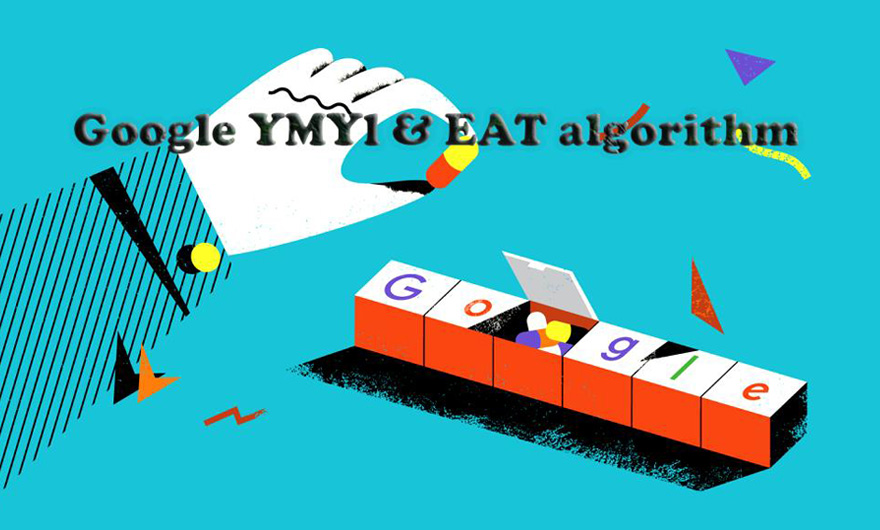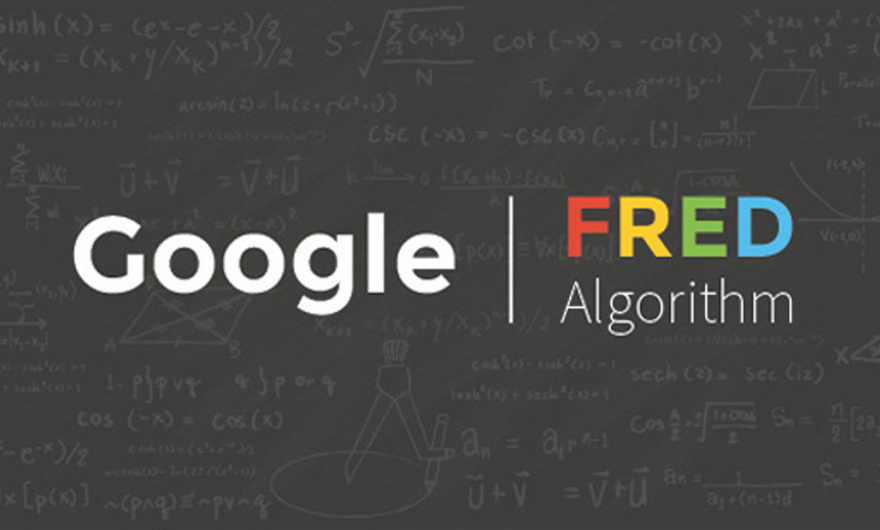Google Dance Algorithm can be considered as one of the unknown and effective algorithms. This algorithm detects a large amount of fluctuations related to the website, web page and… in your website. This is while Google is trying to determine where your website is.
A newly published article on SEO factors may be on the first page of Google for a few minutes or hours, and then other introduced algorithms will review the article. Google Dance algorithm gives you rank and finally points according to the amount of people searching and people clicking on the content of the website and the time spent on the website. This means that the newly published page on your website will reach a higher position overnight so that Google can see how its users react.
Google Dance actually invites website owners to a dance challenge. In fact, in this challenge, the participant must adapt to a selected music and have the best performance in order to be promoted.
The Google Dance algorithm is actually an exciting and risky character. The great thing about Google Dance is that it can happen every ten years as Google factors change, so this algorithm always remains a mystery.
The story of your first acquaintance with Google Dance
After some research on keywords, you have finally made a list of the most important keywords related to your business in an Excel file. In the next step, you start producing specific and useful content.
The articles you generate are well-optimized with the target keywords; So that in the title, headlines and some parts of the text, you have used long keywords. Be careful not to do keyword stuffing.
Now, after spending a few hours on the quality of your content, you have written a very valuable 2000 word article. So you publish it on your site without delay.
After a few days, you started to think about the rating of the article you published. Because of this, you open your Google Analytics and Search Console tools. Visit the various sections of your website statistics to compensate for the fatigue of the effort you put into writing your article with a high click statistics.
Of course, the result is not always to your liking! In many cases, our position is on the second or third page of Google results, while;
We think our content is much more valuable than the pages that are currently ranked first to third.
But after a while you realize that not only has your site’s impression increased but you have also experienced a high number of clicks in the last few days. Do you think that this trend will continue in the future and therefore do not fit in your skin!
A few days later, you search the console again and, in complete disbelief, encounter strange and unpredictable results; Yes, everything is back to normal. These seconds are one of the hardest moments of your working life as an SEO expert . But where is the problem really? What is the reason for this sudden growth? Why did we return to our previous position?
How did you come up with a weird drop in position, even with great and unique content production and after a while boosting in?
This fluctuation is in the position and ranking under one person! Google Dance Algorithm.
After the Google Dance takes place, it is not clear exactly what position you will get. Your position may be better, worse, or even equal to your previous ranking.
Your new position will be directly related to your readiness to dance to Google.
Naturally, you expect us to give you a straightforward definition and book of this mysterious algorithm right now. But if you want to get acquainted (gain, obtain) with present-day techniques that came from Google Dance Algorithm. We need to take a few steps back to talk a little bit about why there should be such a thing as Google Dance.
Why did the Google Dance algorithm come into being?
One of the most important factors for Google to rank web pages is the level of user satisfaction with their content. To determine satisfaction, several factors are considered, some of which can be calculated before display to the user and some after.
For example, factors such as site speed, correct display on mobile, compliance with design and writing standards, and. are calculated by Google before your site is offered to users. But other factors such as user time on the page, user click-through rate on your site, sharing on social networks and posting comments can be calculated only after the user enters the page.
In order for Google to make a better decision to compare the value and quality of pages, it must put them in the same situation.

What exactly is Google Dance?
Suppose you are going to take part in a dance competition. You will face many challenges in order for the judges to be fully confident in your dancing skills. For example, they may choose a song for you that requires a lot of mobility, and so you need to successfully overcome the challenges that these judges put in your way to succeed in the competition.
As a result, it gives you a chance to show off your dance age. Google Dance Algorithm transfers sites that are in lower rankings (second and third pages of search results) to higher rankings for a short period of time, ie on the first page of Google. During this period, it examines the users’ behavior towards this new result and their satisfaction with the content of the page .
For example, when you publish a new article on your site, Google will display it on the front page for a while to determine the exact position of this content. During this period, the behavior of users in front of this page is examined and its CTR is compared with the previous site, which was in the same rank.
In other words, Google will test your content by placing you at the top of the search results, and if it succeeds, it will improve your ranking. But if you can not proudly overcome the challenges of Google’s front page (for example, your content has a low click-through rate), you will return to your first place. This shift in search results is called Google Dance .
Google or Google Dance Dance is one of the most important and yet unrecognized Google’s algorithm is .
Why pay attention to Google Dance?
Now that you know what Google Dance is and why it came into being, it’s time to unveil why this impressive algorithm is so important in ranking. At this point, we are going to take the story we told you in the introduction a little further.
What do you do next if you add a lot of new and valuable content to your site, but instead of improving your ranking?
The first thing that may come to your mind is that this downgrade is a negative or abnormal event. So there are several things you can do to get your site back to basics.
For example, you might edit your content or delete it altogether. You may even start linking and even buying backlinks on other sites. You do all this in the hope that Google will get your site back to its original rankings. But hold on!
Fluctuations in the world of SEO are quite natural. If your site is downgraded after updating, do not attribute this downgrade to updating your site (for example, adding new content or page). This ups and downs of the site are the result of Google’s dance algorithm.
So the most important thing to keep in mind about Google Dance Algorithm is that Google’s sudden ups and downs are only due to a change in Google’s ranking system and have nothing to do with whether your content is good or bad.
A final word on Google Dance
The Google Dance algorithm is still unknown and mysterious to many people. This lack of awareness causes many SEO experts to consider the sharp fluctuations of their site ranking as a negative signal and engage in dangerous activities or even black hat techniques in SEO.
But you should know that the main purpose of Google to change the ranking of your site suddenly, is only to challenge the content of the site and determine its true position. After these stormy ups and downs, Google Dance Music reaches the relaxation sections, and as a result, your position in the search results is established.







Leave feedback about this
You must be logged in to post a comment.